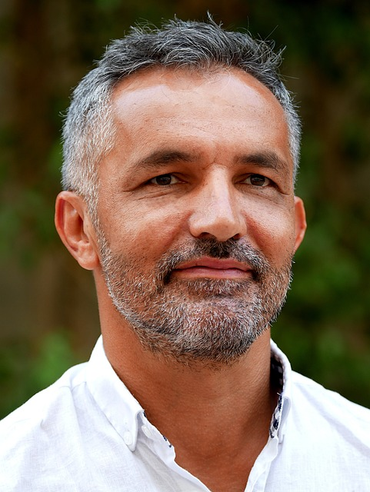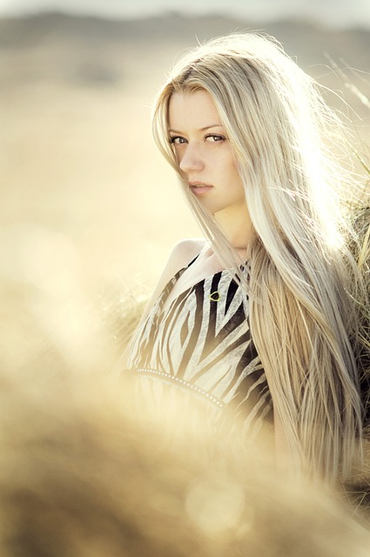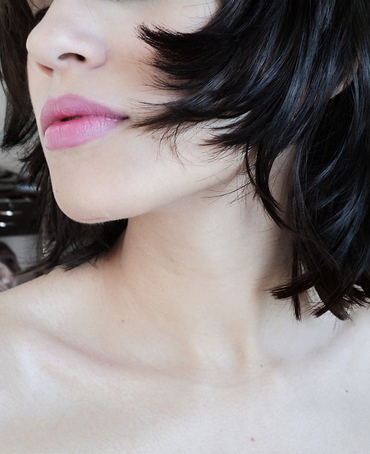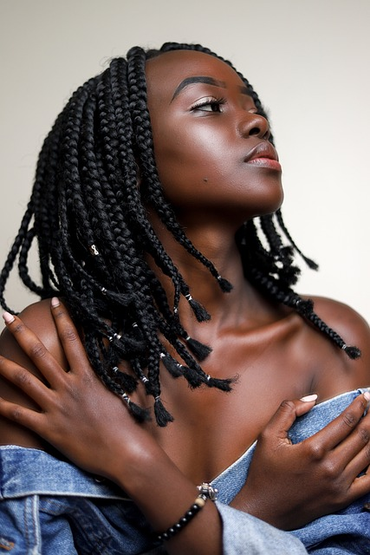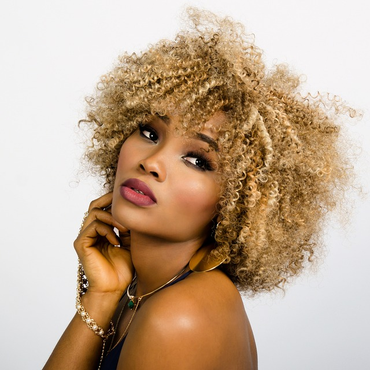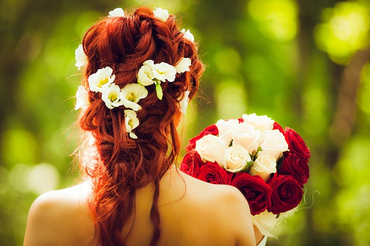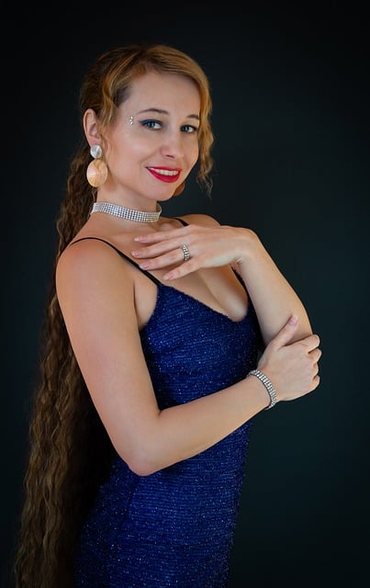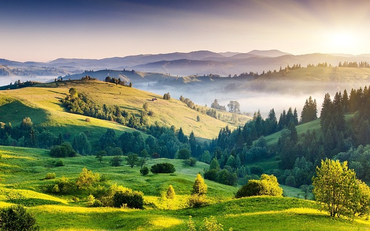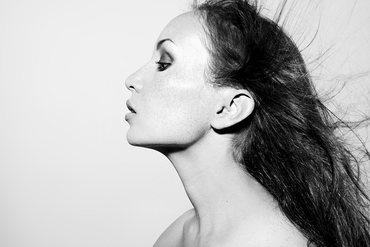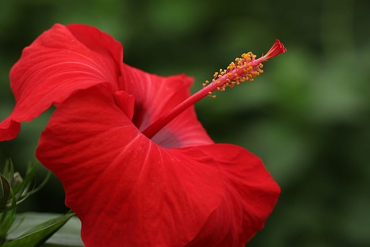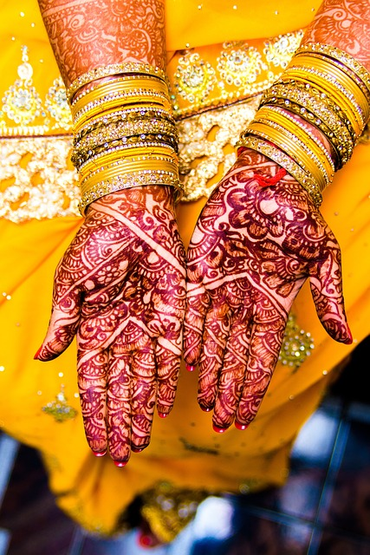

Dandruff—those annoying, tiny white flakes that make their unwelcome appearance on your dark clothing and leave you feeling self-conscious—is a widespread issue that many people deal with. Although this scalp condition is generally harmless, it can cause discomfort, flaky skin, itching, and even social embarrassment.
There are numerous store-bought dandruff shampoo and dandruff treatment that aim to relieve dandruff or dandruff symptoms, but these products are not always effective for everyone and may contain harsh chemicals.
If you've tried various commercial solutions to no avail, you might want to consider some home remedies to treat your scalp properly and rid yourself of dandruff once and for all.
In the realm of Ayurvedic medicine—a holistic wellness system with roots stretching back some 3,000 years in the Indian subcontinent—there are remedies for virtually every ailment, including treating dandruff yourself. In this article, we offer time-tested Ayurvedic guidance to help you effectively tackle dandruff issues.
Understanding the root cause of dandruff is crucial for determining the most effective treatment strategy. Here's a more detailed look at the key factors that can contribute to those bothersome flakes and itchy scalp.
Seborrheic Dermatitis
Seborrheic dermatitis is one of the most common causes of dandruff. It's a chronic, inflammatory skin condition that primarily affects the sebaceous (oil-producing) glands and cause scalp irritation. Those with this condition experience symptoms like red, oily skin covered with white or yellowish scales.
The scalp, being a sebum-rich area, is a prime target, but seborrheic dermatitis can also affect other oily areas like the sides of the nose, eyebrows, and even the chest. Factors that exacerbate this condition include stress, seasonal changes, and hormonal fluctuations.
Dry Skin
Contrary to seborrheic dermatitis, dry skin is usually not oily but manifests as small, non-oily flakes.
Cold weather, low-humidity environments, and over-washing can strip the scalp of its natural oils, leading to dryness and subsequently, dandruff. Unlike seborrheic dermatitis, dandruff caused by dry skin usually comes with symptoms like itching and irritation but not redness.
Fungal Infection: Malassezia
Malassezia is a naturally occurring fungus that can be found on the skin of most adults. However, in some cases, it can grow out of control and feed on the oils on the scalp. This excessive growth can lead to increased skin cell production, and when these skin cells die and shed, they combine with oils to form dandruff flakes. Malassezia-induced dandruff often manifests as larger, oilier flakes compared to those caused by dry skin.
Other Skin Conditions: Psoriasis and Eczema
Both psoriasis and eczema can cause flaking that is often mistaken for dandruff. Psoriasis causes an accelerated cycle of skin cell turnover.
The rapid production and shedding of skin cells result in silvery scales, which can be thicker than typical dandruff flakes. Eczema, on the other hand, can make the scalp inflamed and itchy, leading to scratching that can flake off as dandruff
Hormonal Imbalances
Though not as commonly discussed, hormonal changes can also impact sebum production and lead to either an excessively oily or dry scalp. Puberty, pregnancy, and menopause are stages where hormones fluctuate significantly, sometimes leading to dandruff or worsening pre-existing conditions.
Poor Hair Care
Irregular or improper hair care can also contribute to dandruff. Not shampooing enough can lead to a buildup of oils and dead skin cells on the scalp. On the flip side, over-shampooing can strip the scalp of natural oils, leading to dryness and flaking.
Diet and Nutrition
Nutritional deficiencies can also play a role in the development of dandruff. Zinc, B-vitamins, and certain types of fats are essential for a healthy scalp. A diet lacking in these nutrients may contribute to dandruff or make existing symptoms worse.
Understanding the root cause of your dandruff is the first step towards effective treatment. Once you pinpoint the underlying issue, you can tailor your treatment strategy for the best possible outcome.
In the realm of Ayurveda, the ancient holistic healing system from the Indian subcontinent, the notion of balance plays a central role. According to Ayurvedic philosophy, human health is governed by the intricate balance of three fundamental energies or doshas—Vata, Pitta, and Kapha.
When these doshas are in harmony, the individual enjoys good health; when they are imbalanced, various kinds of ailments can manifest, including dandruff.
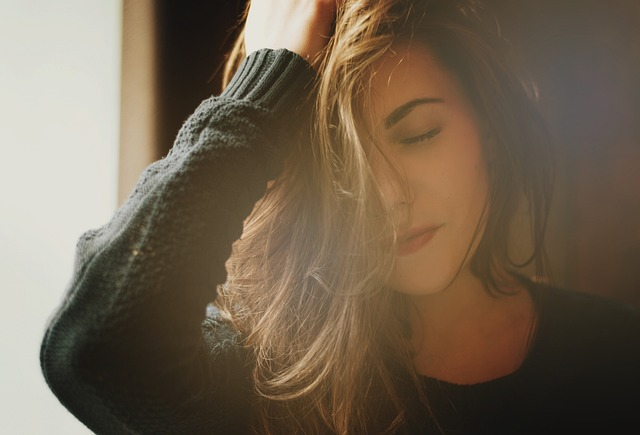
When the Vata dosha, which represents air and ether elements, is imbalanced, it can result in a dry and flaky scalp, mimicking the symptoms of dandruff caused by dry skin. A Vata-imbalanced scalp is usually characterized by small, dry, and loose flakes accompanied by itchiness. The scalp may also feel tight and uncomfortable, especially in cold, dry weather.
Vata-Related ways to treat Dandruff:
Warm sesame oil or almond oil massages can be beneficial, as they nourish the dry scalp.
Intake of Vata-balancing foods like sweet fruits, cooked grains, and dairy products.
The Pitta dosha represents fire and water elements. An imbalance here can lead to an inflamed and irritated scalp, often resembling symptoms of seborrheic dermatitis. The flakes are often yellowish in color and may stick to the hair and scalp. Pitta imbalance can also cause excessive heat in the body, leading to hair thinning and premature graying.
Ayurvedic Treatment for Pitta-Related Dandruff:
Coconut oil infused with cooling herbs like amla (Indian gooseberry) or neem can be applied to the scalp.
Intake of cooling foods like cucumber, melon, and mint tea can help balance Pitta.

The Kapha dosha combines the elements of earth and water. A Kapha imbalance often results in an excessively oily scalp, which can lead to a particular kind of dandruff characterized by sticky, large flakes that adhere to the scalp which appears like severe dandruff. The scalp may feel greasy and have a slightly unpleasant odor due to the dead skin cells accumulating.
Ayurvedic Treatment for Kapha-Related Dandruff:
Light oils like flaxseed or olive oil are preferred for scalp massage.
Increase intake of Kapha-balancing foods like leafy greens, fruits, and warm spices like ginger and turmeric.
Ayurveda doesn't just offer topical solutions; it advises a comprehensive lifestyle change to tackle the root cause of the issue. This can include:
Dietary Changes: Incorporating dosha-specific foods can help bring the system back into balance. A diet rich in Omega-3s, Vitamin B, and zinc can be beneficial. These nutrients align well with Ayurvedic principles of balancing the body’s internal systems.
Stress Management: Stress can imbalance both your doshas and your scalp health. Meditation, a practice highly endorsed in Ayurveda, can be beneficial.Practices like yoga and meditation can be instrumental in balancing the doshas.
Personalized Treatments: Overwashing or underwashing your hair can contribute to dandruff. Finding the right balance is crucial. Ayurveda often recommends washing your hair based on your dosha type. Consulting with an Ayurvedic practitioner for a customized treatment plan can be extremely beneficial.
Understanding your dominant dosha and its role in your dandruff issue can provide unique insights into how to approach treatment. By adopting a balanced lifestyle and natural remedies that aligns with your dosha type, you can tackle not just the symptoms but the root cause of your dandruff problem, and ultimately, treat dandruff.
Neem Oil: The Antiseptic Powerhouse
Neem oil has been a cornerstone in Ayurvedic medicine for centuries, revered for its potent antifungal and antibacterial properties. These characteristics make it highly effective in combating the microbial growth that often accompanies dandruff, providing relief from itchiness and irritation to ultimately eliminate dandruff.
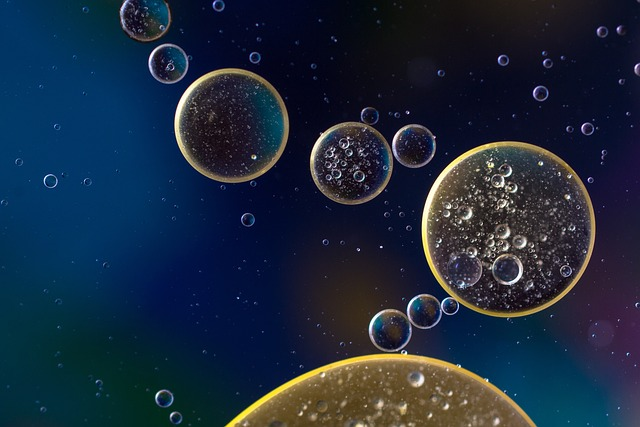
How to Use:
Preparation: Warm up a few tablespoons of pure neem oil in a bowl. Make sure it is lukewarm, not hot.
Application: Gently massage the oil into your scalp using your fingertips, ensuring even coverage. Focus on the problem areas where flaking is most severe.
Duration: Leave the oil on your scalp for about an hour. This allows time for the oil to penetrate deeply into the scalp and work its magic.
Rinse: Wash it off using a mild, preferably herbal, shampoo. Avoid using hot water as it can further dry out the scalp.
Amla (Indian Gooseberry): The Vitamin C Marvel
Amla is a rich source of Vitamin C and antioxidants, making it a potent remedy against dandruff. It not only helps balance the Pitta dosha but also strengthens hair follicles, prevent dandruff while promoting healthier hair alongside a flake-free scalp.
How to Use:
Preparation: Mix a couple of tablespoons of Amla powder with enough water to form a smooth paste.
Application: Apply this paste generously onto your scalp, concentrating on areas where you notice more flakiness.
Duration: Let the paste sit on your scalp for approximately 30 minutes to allow the nutrients to be absorbed.
Rinse: Rinse off the paste using cool water and a mild shampoo.
Triphala: The Three-Fruit Blend for Dosha Balance
Triphala is a classic Ayurvedic formulation made from the dried fruits of three medicinal plants: Amla, Bibhitaki, and Haritaki. It is known for its balancing effect on all three doshas—Vata, Pitta, and Kapha—which makes it uniquely effective as a dandruff remedy to help scalp buildup.
How to Use:
Preparation: Mix a couple of tablespoons of Triphala powder with water to form a consistent paste.
Application: Apply this paste evenly to the scalp, covering all areas.
Duration: Leave the paste on your scalp for about 20-30 minutes. This allows time for the active ingredients to combat the causes of dandruff.
Rinse: Rinse off the Triphala paste using cool water and a gentle shampoo.
Always conduct a patch test with these Ayurvedic preparations to ensure you don't have an allergic reaction.
For enhanced effects, these treatments can be done 1-2 times a week, depending on the severity of your condition.
Consider coupling these topical treatments with internal Ayurvedic remedies and lifestyle changes for a more holistic approach to dandruff management.
By incorporating these Ayurvedic remedies into your hair care regimen, you're not just fighting the symptoms of dandruff; you're addressing its root causes in a manner that is holistic, natural, and steeped in ancient wisdom.
Tackling dandruff doesn't have to be a battle with harsh chemicals and endless cycles of failed treatments. Combining traditional home remedies with the ancient wisdom of Ayurveda can provide a holistic path to a healthier scalp and a life free of dandruff.
By understanding the root causes and using nature-based treatments, you can effectively and sustainably get rid of those bothersome flakes.
